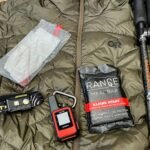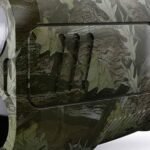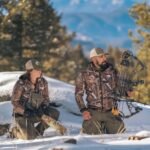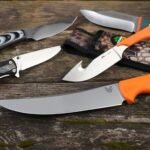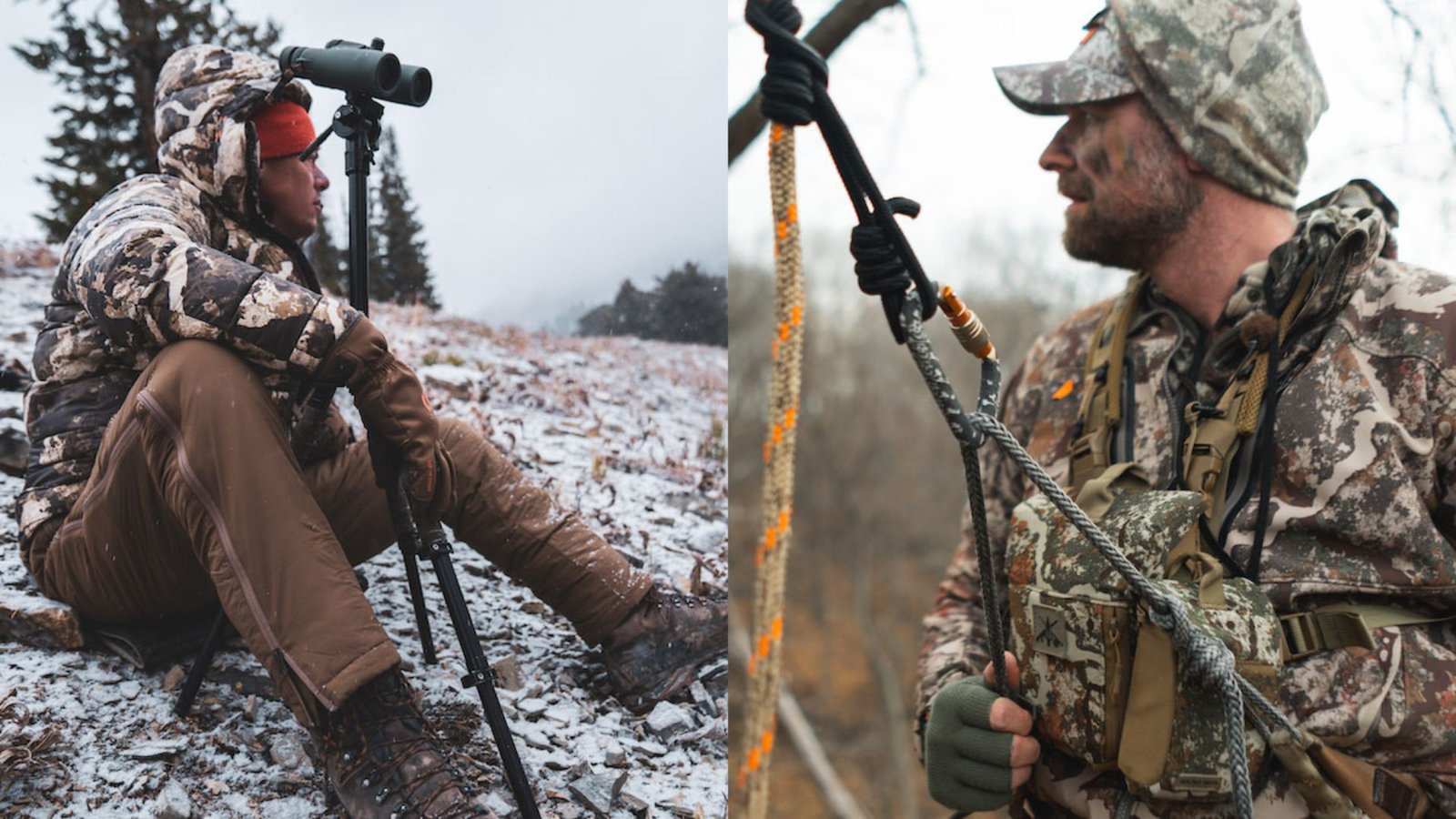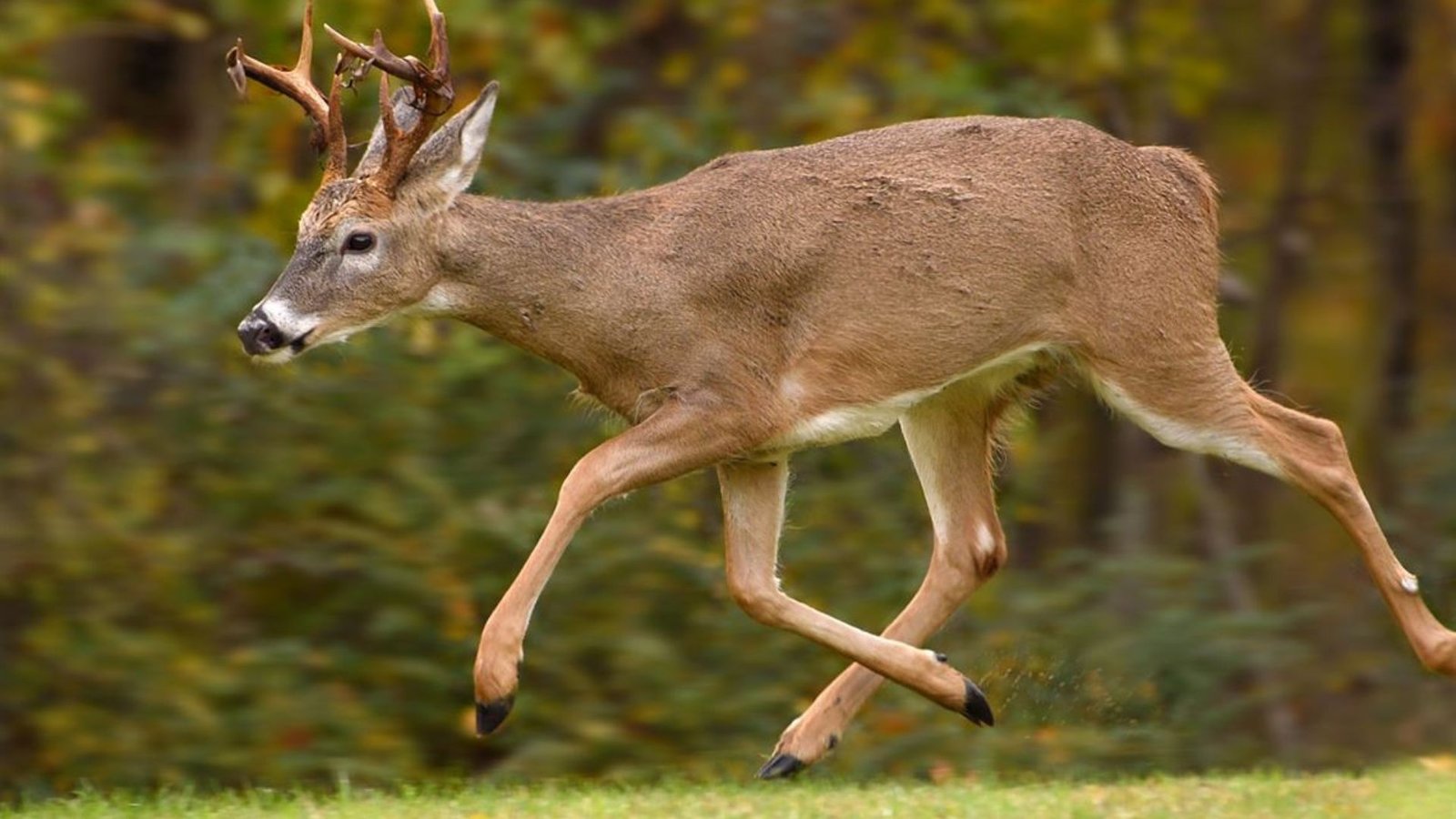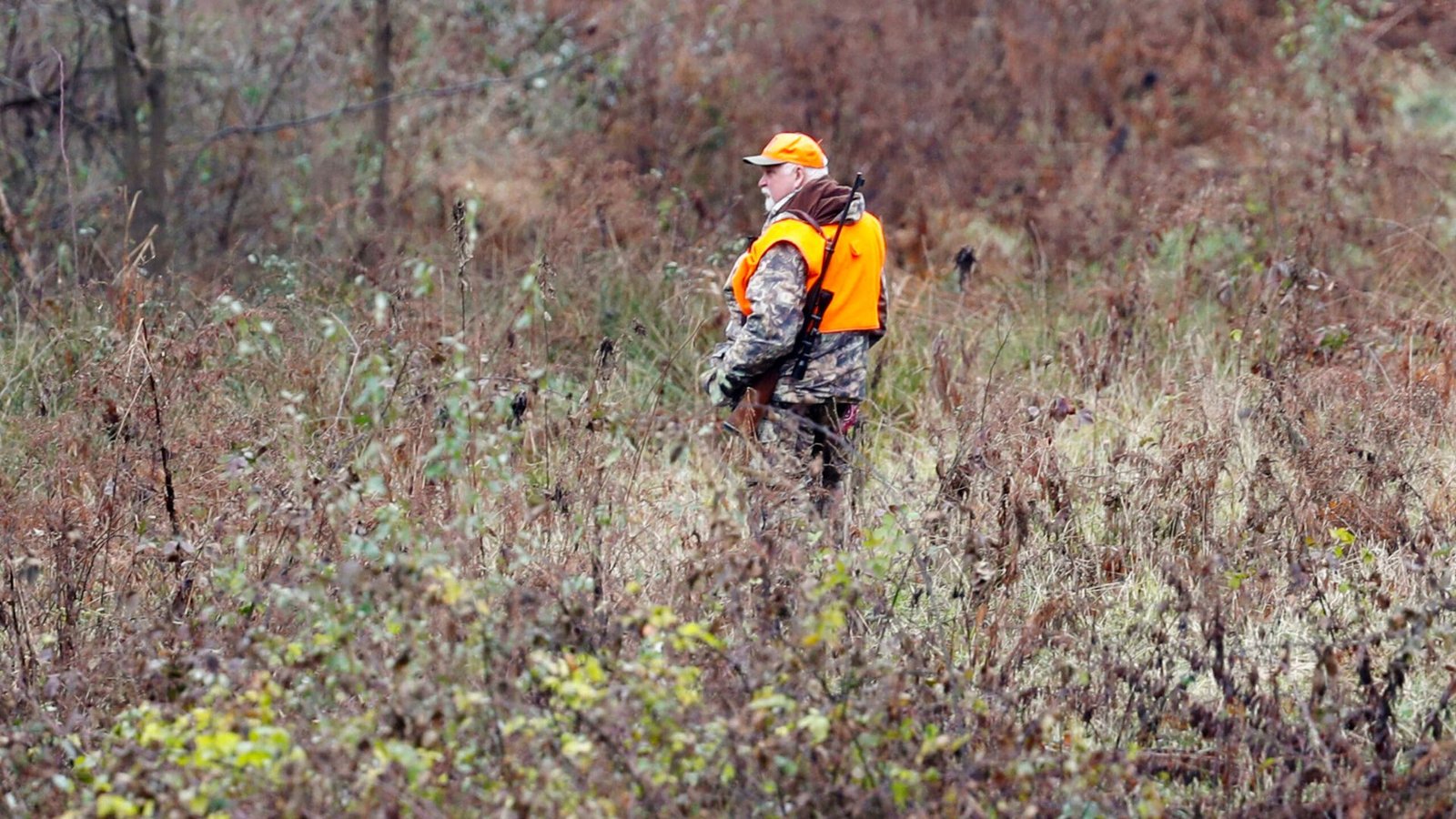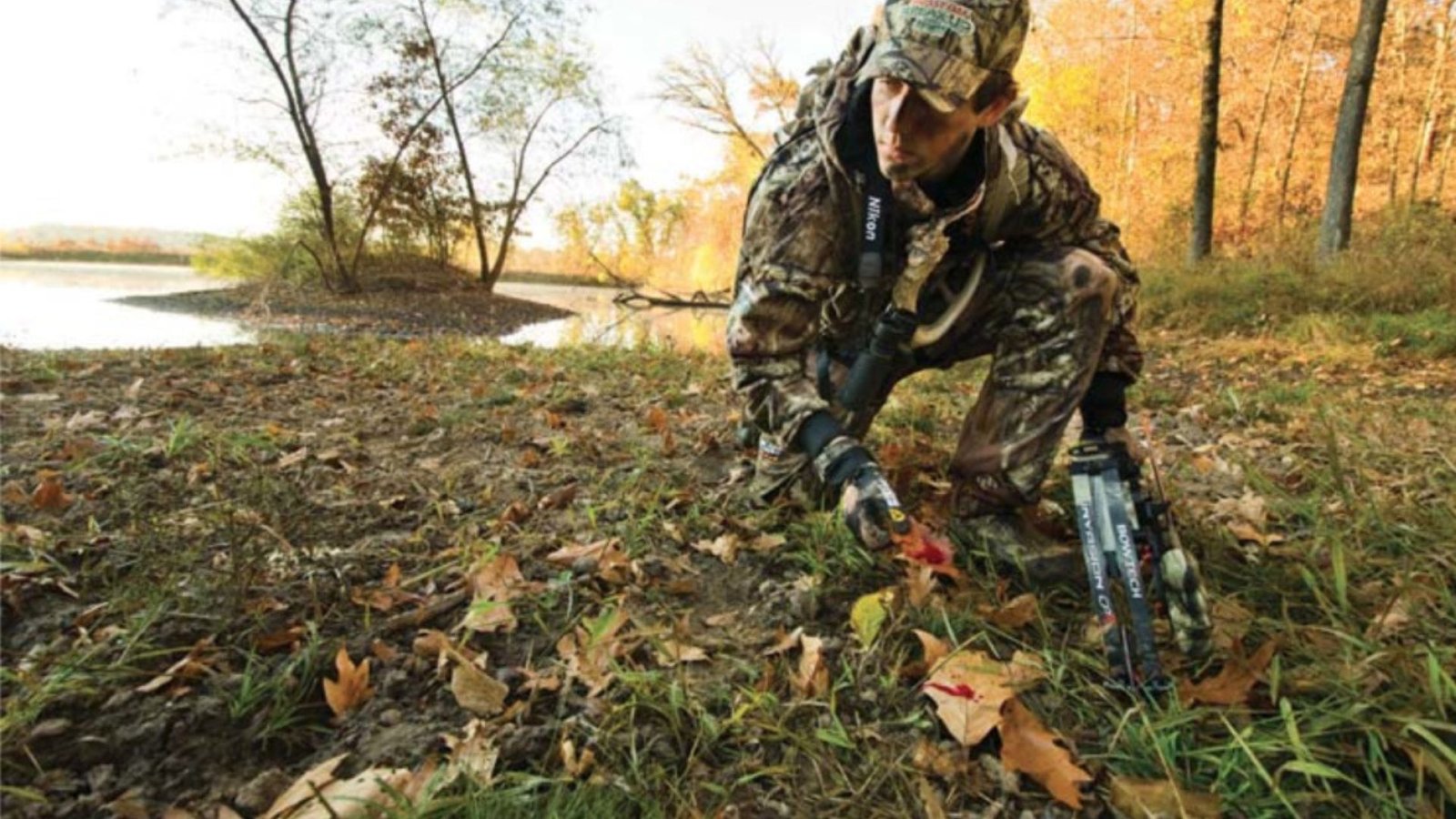Tracking deer can be a challenging task, especially when they move quickly and disappear into thick brush or dense forests. Fortunately, modern technology has made tracking deer more accurate and efficient than ever before. From GPS devices to advanced tracking apps, various tools can help hunters improve their tracking abilities. In this article, we’ll explore the best technology for deer tracking accuracy, making it easier for hunters to find and follow deer in any terrain.
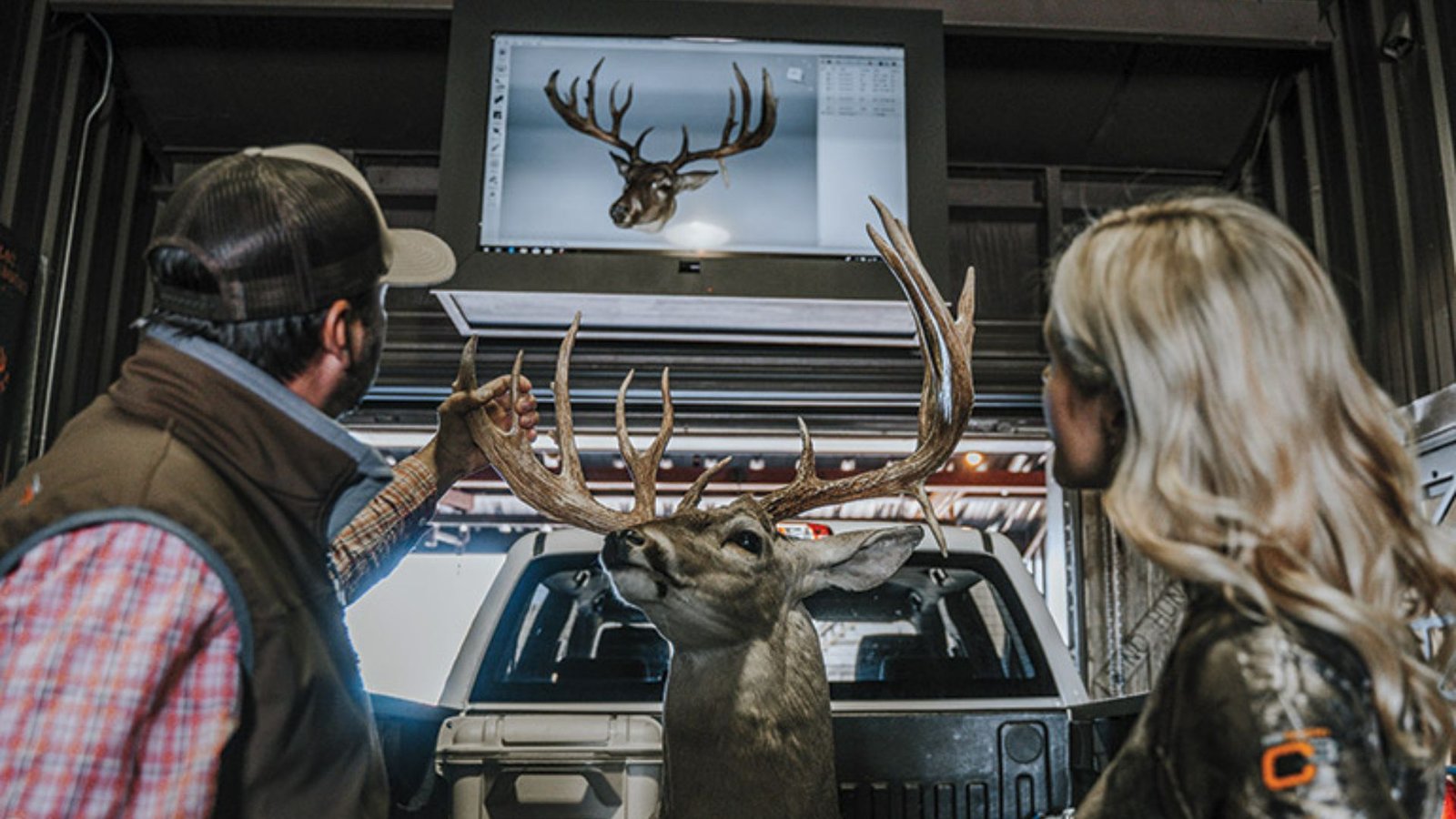
1. GPS Devices for Tracking Deer
GPS technology is one of the most reliable and useful tools for deer tracking. It allows hunters to navigate the terrain with precision, mark waypoints, and track their movements. Here’s how GPS devices can improve your deer tracking accuracy:
- Pinpoint Locations: GPS devices can mark exact locations where you find tracks, signs, or other important clues. This helps you stay on track and avoid retracing steps in areas you’ve already covered.
- Track Deer Movement: Some advanced GPS systems can be used to track the movement of collared deer. These devices, often worn by researchers or wildlife management agencies, transmit data to hunters or researchers, allowing them to track deer in real time.
- Navigate Efficiently: In unfamiliar terrain, GPS devices help you stay oriented and avoid getting lost. They also show the nearest landmarks, trails, and paths that deer may use, making it easier to plan your next move.
Using a GPS device can greatly enhance your ability to track deer over large areas and ensure you don’t waste time or energy in the wrong places.
2. Deer Tracking Apps
With the rise of smartphones, deer-tracking apps have become a game-changer for hunters. These apps are designed to help hunters track deer, record data, and plan hunts more efficiently. Some features of deer tracking apps include:
- Track and Record Movements: Many apps allow you to record the locations of deer sightings, tracks, or signs. You can mark these spots on the map, which is helpful for future hunts.
- Weather and Environmental Data: Some apps provide real-time weather updates, including wind direction, temperature, and barometric pressure. This helps you understand how weather conditions affect deer movement andimprovese your tracking strategy.
- Shared Information: Many tracking apps allow hunters to share data with others, creating a community of hunters who contribute sightings and track patterns. This shared information can give you insight into the best places to hunt or track deer.
Some popular deer tracking apps include HuntStand, OnX Hunt, and DeerCast, which offer a wide range of features that make tracking easier and more accurate.
3. Trail Cameras
Trail cameras have become one of the most popular tools for tracking deer. These cameras are placed in strategic locations to capture images or videos of deer as they pass by. Trail cameras help hunters learn more about deer behavior, movement patterns, and feeding habits. Here’s how trail cameras can improve deer tracking:
- Monitor Deer Movement: By placing trail cameras along deer trails, feeding areas, or near water sources, you can gather information about when and where deer are active. This helps you plan your hunts more effectively and track deer with more accuracy.
- Capture Detailed Information: High-quality trail cameras capture not only images of the deer but also the time and date of the sighting. This gives you valuable insight into the deer’s routine and patterns.
- Avoid Spooking Deer: Trail cameras can be set up without disturbing the area or scaring the deer. They allow you to monitor the deer from a distance and gather important data without needing to physically track the animals.
By using trail cameras, you can track deer from afar and gain a better understanding of their behavior and movement, leading to more successful hunts.
4. Thermal Imaging Scopes
Thermal imaging technology is a game-changer for hunters looking to track deer in low-light conditions, such as during early morning or late evening hunts.
- Spot Deer in the Dark: Thermal scopes help hunters locate deer by detecting their body heat. This is especially useful during night hunting or in dense forests where deer can be hard to see with the naked eye.
- Improve Tracking in Low Visibility: When visibility is low due to fog, rain, or dense foliage, thermal scopes provide an advantage by allowing you to spot deer through the heat they emit, even if you can’t see them with a regular scope.
- Identify Deer from a Distance: Thermal scopes allow you to identify deer at a greater distance, giving you more time to plan your next move. The thermal signature of a deer stands out against the cooler background, making it easier to spot.
Although thermal scopes can be a bit costly, they are incredibly effective tools for tracking deer in low-light or challenging conditions.
5. Radio Collars for Deer
Radio collars are often used in wildlife research to track the movements of deer over long distances. These collars emit radio signals that can be detected by handheld receivers, providing real-time data on the deer’s location. Here’s how radio collars can improve tracking:
- Track Collared Deer: Radio collars provide real-time information on the location of deer, which is especially useful if you’re hunting in areas where deer populations are dense or if you’re looking for specific animals.
- Monitor Deer Behavior: Radio collars help researchers and hunters monitor the behavior of deer in various environments, allowing for more accurate tracking and understanding of deer habits.
While radio collars are typically used for research purposes, they can be useful for hunters who want to track a specific deer or understand more about deer behavior.
6. Smart Deer Tags
Smart deer tags are a newer technology that allows hunters and researchers to track deer ireal timeme. These tags use GPS and other sensors to provide data on a deer’s movements, activity, and health. Here’s how smart tags can improve tracking:
- Real-Time Data: Smart tags provide hunters with real-time data on the location and movement of deer, allowing them to track deer more accurately and efficiently.
- Activity Monitoring: Some smart tags also monitor the deer’s activity levels, helping hunters understand when a deer is most active, which can improve their tracking strategy.
- Health Insights: Advanced smart tags can also provide health data, such as heart rate or temperature, allowing hunters to monitor the deer’s well-being.
While still a relatively new technology, smart deer tags hold great potential for improving tracking accuracy and understanding deer behavior.
7. Drones for Aerial Tracking
Drones are becoming increasingly popular for hunting and wildlife tracking. These unmanned aerial vehicles (UAVs) can provide hunters with a bird’s-eye view of the terrain, making it easier to spot deer from above. Here’s how drones can improve tracking:
- Scan Large Areas: Drones can cover large areas in a short amount of time, giving hunters the ability to spot deer from the sky and track their movements.
- Access Difficult Terrain: Drones are useful in areas that are difficult for hunters to reach, such as deep forests or steep hills. They can fly over these areas and provide live footage of deer movement.
- Gather Visual Data: Drones equipped with cameras or thermal imaging sensors can provide hunters with visual data, which is useful for tracking and locating deer more accurately.
Conclusion
Modern technology has revolutionized deer tracking, offering hunters a wide range of tools to improve their accuracy and efficiency. From GPS devices and tracking apps to thermal scopes and drones, these technologies make it easier to locate and track deer in various environments. By incorporating these tools into your tracking strategy, you can enhance your hunting experience, improve your chances of success, and make your hunts more efficient. Whether you’re a seasoned hunter or a beginner, the right technology can make all the difference in your deer tracking efforts.



